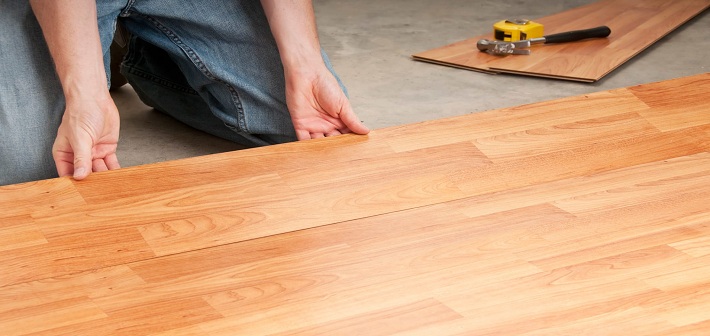Hardwood flooring maintains the elegant finishing of the home as it can last up to decades if maintained properly. After all, there are infinite factors on which the performance and appearance of hardwood flooring depend. It is likely to get damaged after some time even after regular cleaning and maintenance. The important thing is to give attention to the signs of the flooring board even if it’s a small issue, fixing it at the early stage will save you from unexpected expenses. Consult reputed Floor sanding & polishing Melbourne company to maintain the floor condition.
So, how do you know that whether you need wood flooring replacement?
The wooden floor is soft and spongy
Hardwood flooring is supposed to be tough. It’s time to replace the floor if you find soft, spongy, or springy patches.
In this scenario, refinishing is unlikely to help. Soft areas are often an indication that the timber beneath the finish is rotting. If the floorboards are thick, you may believe that the rot may be “buffed out” and the floor will be OK. Most of the time, the issue is more serious. The subfloor may be harmed in some circumstances. It is preferable to replace it.
Moving of hardwood flooring
Because wood expands and contracts with changes in humidity, a hardwood floor has some natural movement. The floor may first extend throughout the summer months. Because homes are drier during the colder winter months, the wood will often contract. This may make gaps between the flooring more noticeable. It’s a cause for concern if you find these gaps widening. Shifting and movement are additional issues, which are occasionally linked to gaps.

Water damaged floor
One of the most serious dangers of having hardwood flooring is water damage. When it’s time to clean the floor, you definitely don’t want to use a mop and bucket. However, most hardwood floor owners are already aware of this. Leaks, floods, and even high moisture levels can cause water damage.
Water damage can turn your floors black if it is neglected for too long. In some circumstances, you’ll notice wood warps or water damage cups.
Multiple scratches and marks
Some scratches and blemishes aren’t dangerous. After all, floors take a lot of damage, particularly in high-traffic areas. You may see scuffs on the surface of your finish.
Refinishing usually solves these issues. Larger, deeper scratches are more concerning. These could cut through the finish and into the wood itself.
Nails poking through the wooden floor
If there are only a few of them, they may not be a cause for alarm. They can catch socks and cause pain if someone takes an incorrect step or stubs a toe.
However, if you notice exposed nails in big areas of the floor, it’s time to consider replacing it. Refinishing will simply grind the wood down more, increasing the likelihood of seeing more nails.
Unsuccessful refinishing project
If your floor is refinished many times, it can cause damage as the wood gets thinner while sanding multiple times.
If you notice the above issues, then it’s time for floor replacement. Consult timber floor sanding Melbourne for the professional Floor sanding & polishing Melbourne job.


